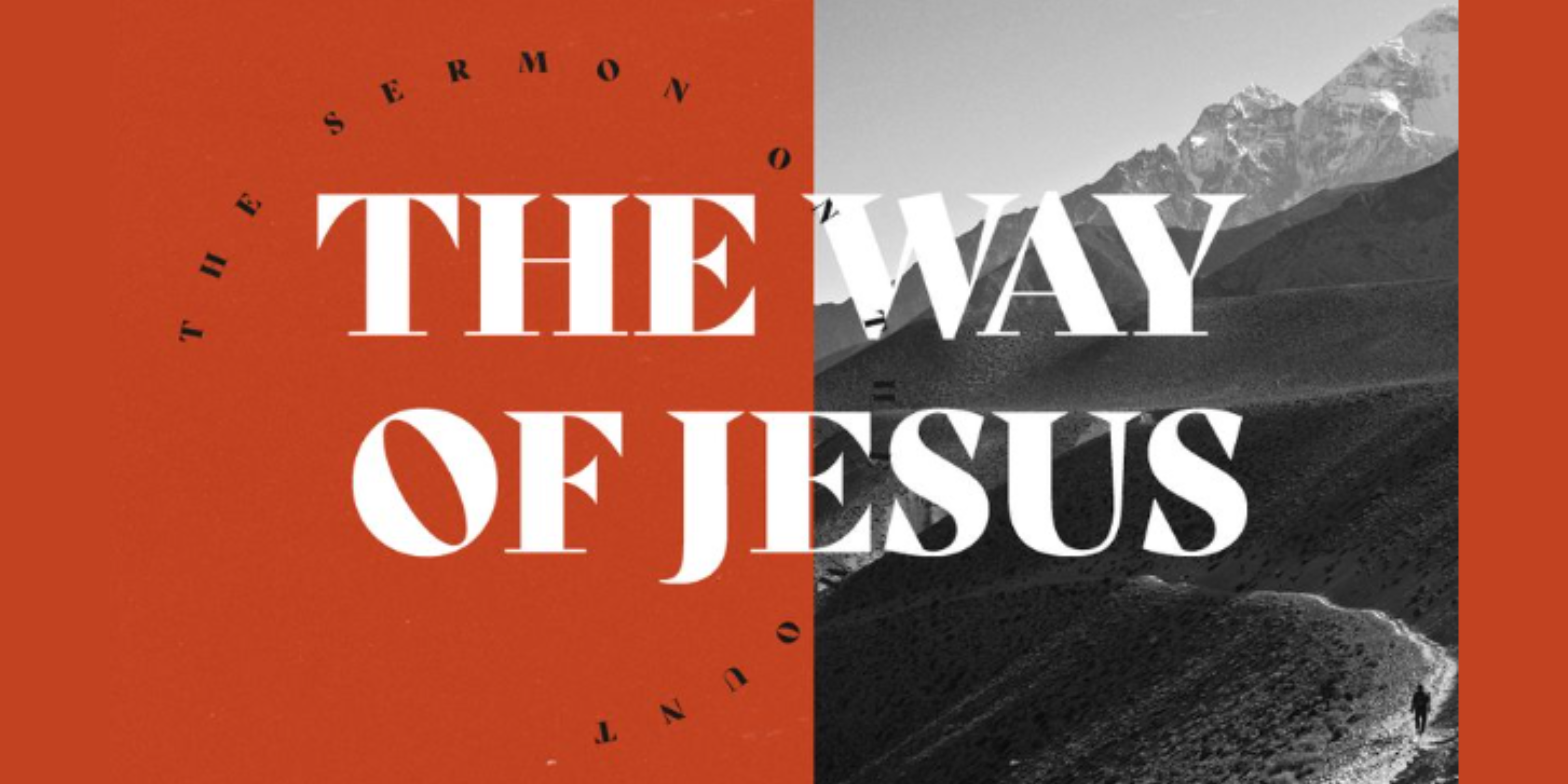The Lord’s Prayer
9 Pray then like this:
“Our Father in heaven,
hallowed be your name.
10 Your kingdom come,
your will be done,
on earth as it is in heaven.
11 Give us this day our daily bread,
12 and forgive us our debts,
as we also have forgiven our debtors.
13 And lead us not into temptation,
but deliver us from evil.
14 For if you forgive others their trespasses, your heavenly Father will also forgive you, 15 but if you do not forgive others their trespasses, neither will your Father forgive your trespasses.
Matthew 6:9-15
Matthew’s Gospel records “The Lord’s Prayer” during Jesus’ Sermon on the Mount. Luke’s Gospel records it as Jesus’ response to the disciples’ request: “Teach us to pray.” In either case, these are instructions from Jesus himself on how to address God in prayer. Jesus’ teaching is a timeless template for how His followers, even us today, are to relate to God.
In the Lord’s Prayer, there are two main movements for our hearts to follow – upward (perhaps better put, “Godward”) orientation (verses 9-10) precedes inward and outward orientation (verses 11-13). The principle that stands out here is this: intimacy comes before request.
Above all else, God simply wants our hearts…and then, he wants us to ask.
Within those two main movements, there are four sub-movements: praise, intercession, petition, and spiritual warfare. Jesus teaches us to pray through this grid as we – beginners in prayer – journey deeper into friendship with God.
Movements of the Lord’s Prayer:
- Praise – orients our hearts toward God
- Intercession – asking on behalf of others
- Petition – asking on behalf of ourselves
- Spiritual Warfare – engages the enemies of our souls




